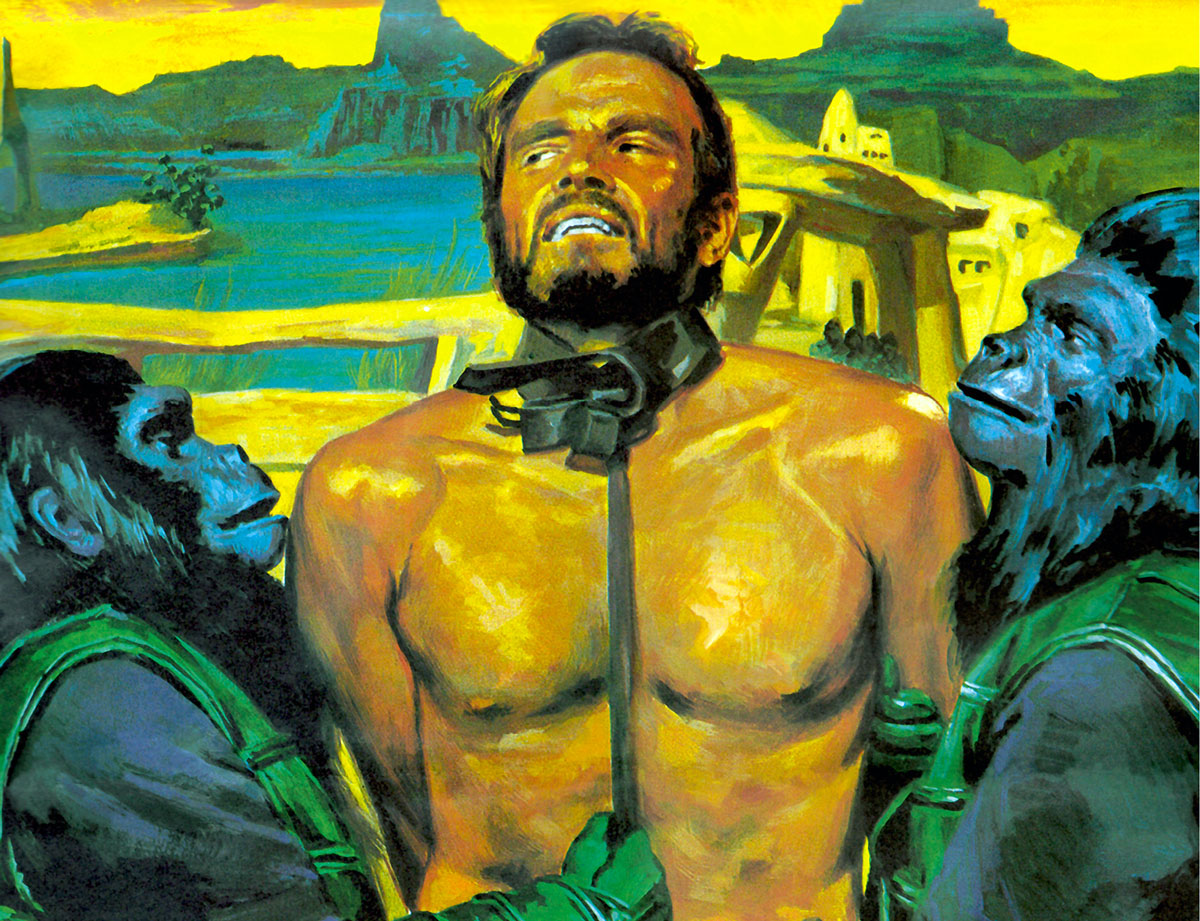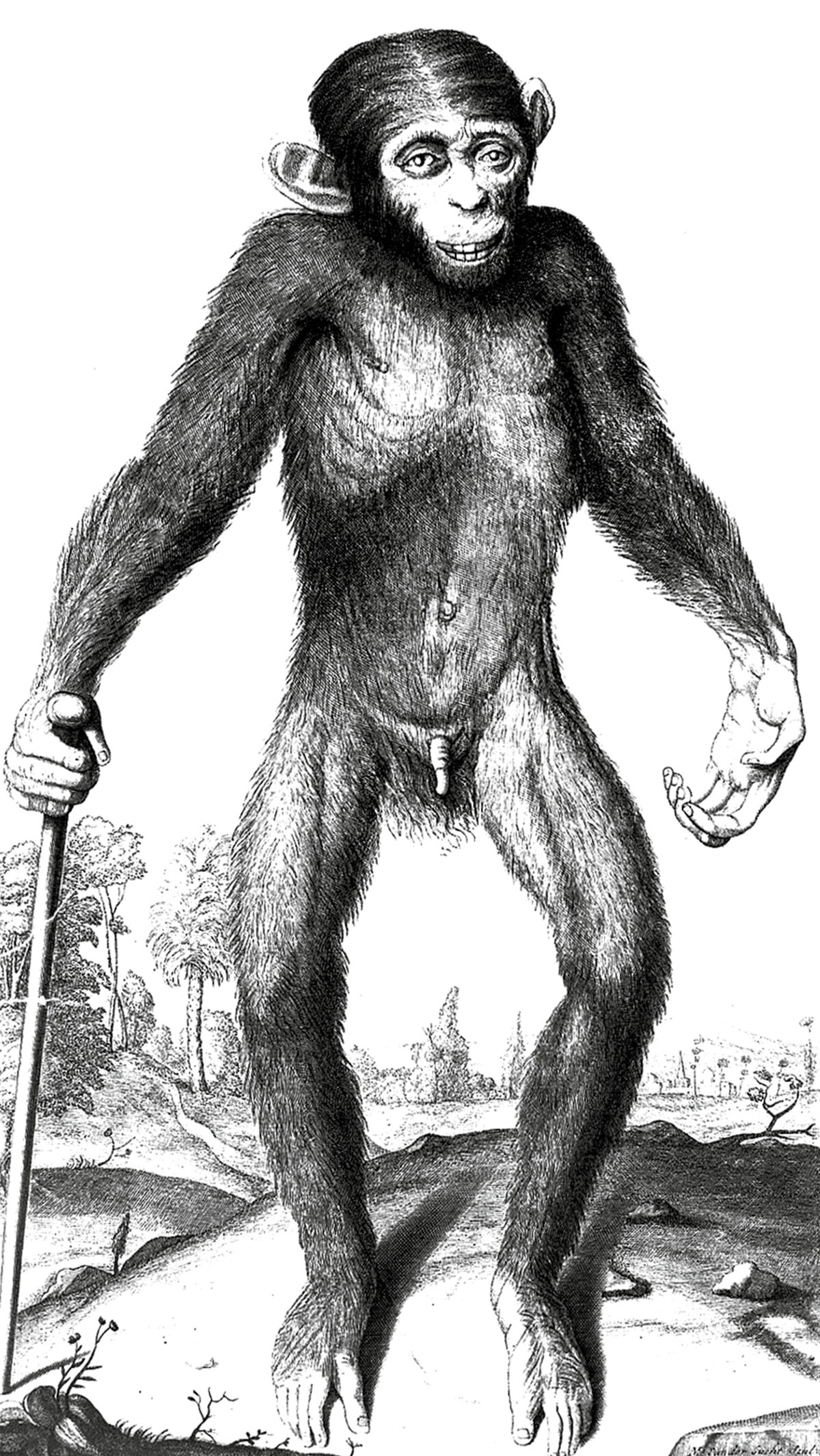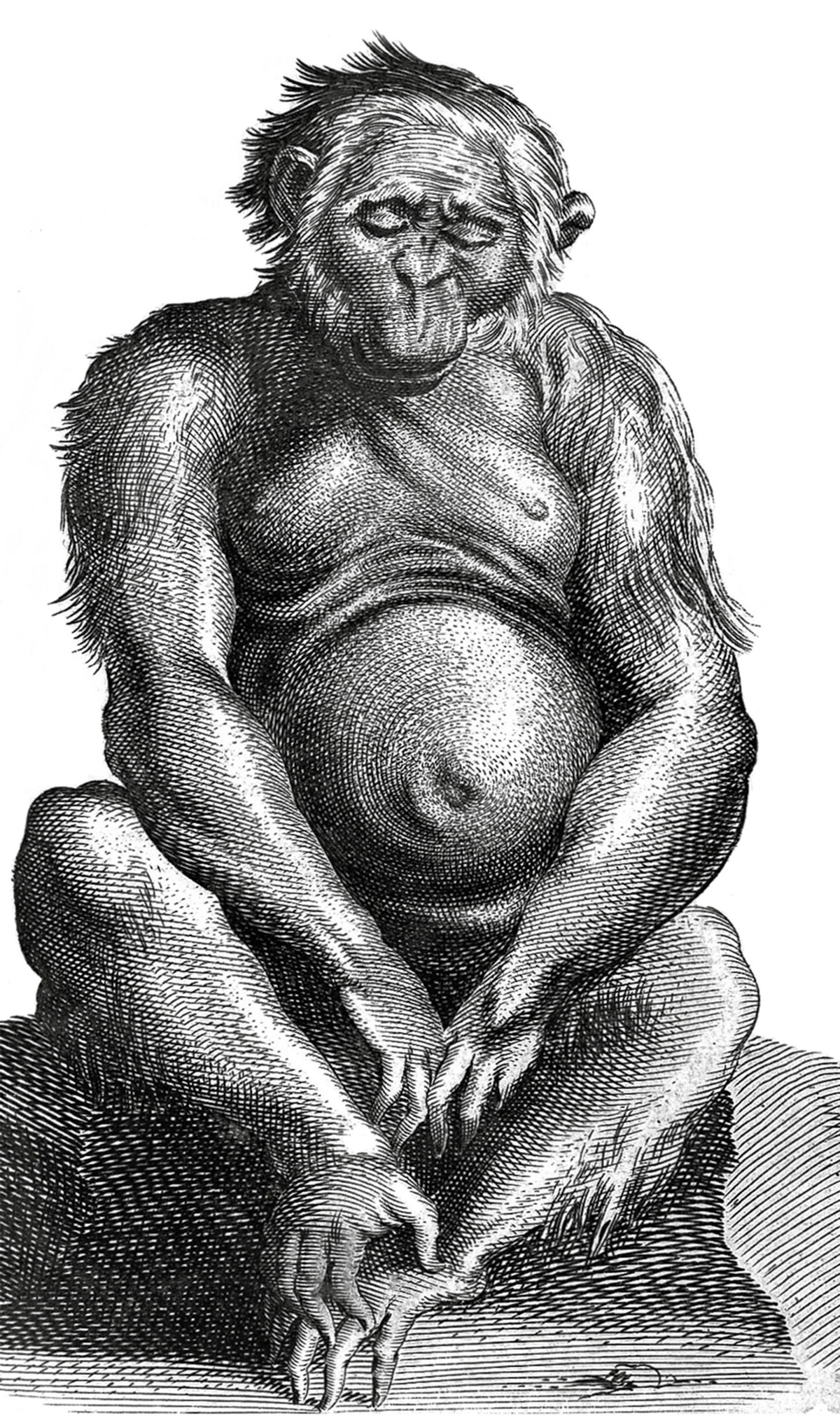Pattern Baldness
A trichotillomanic impulse
Justin E. H. Smith

It should come as no news here that hair is not only “for protection,” as the deadpan evolutionary biologists tell us, but also for the differentiation of social roles, for the signalling of sexual availability, of political extremism, of class status, and of relative degrees of otherworldliness. Plato would judge hair too undignified to deserve an eternal, immutable Form of its own, yet what does the unkempt beard of a monk or a mullah signify if not his proximity to God?
For a time, in youth, the hair of the head may be manipulated into strange patterns, which signal subcultural belonging and so define the possible range of sex partners. The mohawk, the mullet, and the hi-top fade, no less than acne and the freshly sprouted pubic grove (protection from what, exactly?), are all just so many secondary sex characteristics, appearing with a bang that also announces the end of the dreamlike idyll of childhood.
But then, in males, the hairline often retreats, and the range of possible pompadours shrinks right along with the range of possible romantic pursuits. From Leviticus 13: 41–45 we learn of male pattern baldness: “He that hath his hair fallen off from the part of his head toward his face, he is forehead bald: yet is he clean.” If, by contrast, “there be in the bald head a white reddish sore; it is a leprosy sprung up in his bald head, or his bald forehead,” in which case “the priest shall pronounce him utterly unclean” since “his plague is in his head.” Freedom from leprosy is nice enough, but what the forehead-bald man really wants is not to be clean but to be attractive, and it is no consolation that it was testosterone that causes the pattern baldness in the first place. This is semiotics, not endocrinology.
Anyway, the beard, which does not retreat but only grows thicker with age, says: to hell with all of this. I am old now and have no need for the games of youth. The seventeenth-century Baconian natural philosopher John Bulwer (also the inventor of sign language) described it as the “naturall ensigne of Manhood appearing about the mouth.” In his Anthropometamorphosis, or the artificiall Changling of 1650, he berated the “gallantry” and “foolish bravery” of those societies that permit their men to shave, since to do so is to hubristically interrupt with artifice the ordinary course of nature. He would not extend this prohibition to the fingernails, however, and even argued from scriptural evidence that Adam instinctively kept his nails groomed by biting them. Surely not the greatest inconsistency in the history of philosophy, but still, one does not have to strain to see that Bulwer was allowing his cultural norms to determine the boundaries of the natural.
Jump ahead to 1968, and you’ll find Charlton Heston shaving on the beach, explaining to a talking ape from the future that, where he comes from, it is only the rebellious youth who let the ensigne of their manhood show about their mouths. The ape’s response? But without it you look so uncivilized.
In all of this back-and-forth, in our various re-arrangements of the patterns of hair and baldness, in our attentive reading of the different subtle signals of one another’s tomentum, we are enabled to hold at bay, most of the time, any thought of what a strange thing it is to not be entirely covered with hair in the first place. With scattered exceptions (elephants, naked mole rats), hairlessness is a most peculiar thing among terrestrial mammals, and it is not hard to imagine other creatures looking at us the way we look at sphynx cats: as perversions of the ordinary course of things. Yet so prideful are we that we instead take this unusual feature as another sign, along with bipedality and rationality, that we are not really animals at all.
Of course, nothing is without a cause, and whatever it was that made us hairless, it was not some majestic transcendence of the animal condition. The precise evolutionary forces in play are, however, still a matter of some controversy. Elaine Morgan’s so-called Aquatic Ape Hypothesis (AAH) has failed to gain much traction in the scientific establishment, perhaps because it is faulty, perhaps because she herself is not a member of that establishment. In her view, the ancestors of humans were beach-dwelling, quasi-marine mammals. Morgan believes that there is a convergence of facts supporting this account: for example, the diets of human beings require fatty acids most readily available in seafood; humans tend to have an unusually thick layer of insulating adipose cells, and so on. But the key bit of evidence, on this hypothesis, is that we are hairless.

In traditional terms, Morgan’s hypothesis would make us even more perverse than one might have thought. In fact, it was not until recently that humans (literate, European humans, to be precise) began to accept that they had any business near water at all. Thomas Browne argued in his 1658 Pseudodoxia epidemica, a compendium of the false beliefs plaguing his era, that, plainly, swimming cannot be natural for men, since properly amphibious creatures “swim in the same manner as they go,” needing “no other way of motion for natation in the water, then for progression upon the land.” A man, by contrast, “alters his naturall posture and swimeth prone, whereas he walketh erect.” Defenders of AAH take this alteration as a sign of the naturalness of natation, maintaining that human beings have a sort of diving instinct: we put our hands above our heads, they maintain, forming a sort of point that enables us to glide through the water, even if we have never been in the water before. But the most important evidence for AAH comes from what little hair the human body does have: it follows the flow lines of water.
Interestingly, the direction of body hair has, in the past, also served as a crucial bit of evidence in the controversy surrounding that other trait so often associated with the human essence: bipedality. In his 1699 anatomical study of a chimpanzee, published under the misleading title Orang-Outang, sive Homo sylvestris, Edward Tyson argues that the direction of the hair on the arms of the chimpanzee may serve as a sign of its proper gait: “The tendency of the Hair of all the Body was downwards; but only from the Wrists to the Elbow ‘twas upwards; so that at the Elbow the Hair of the Shoulder and the Arm ran contrary to one another. Now in Quadrupeds the Hair in the fore-limbs have usually the same Inclination downwards, and it being here different, it suggested an Argument to me, as if Nature did design it a Biped.”

By convention, the great apes had long been placed in the same category as cows and dogs with respect to gait. Even Linnaeus, unable to pretend that apes’ hands were feet, nonetheless held onto the conceit that they are quadru-something-or-other by deeming their feet to be hands and calling them quadrumanes. But the chimpanzee’s hair patterns were already enough for Tyson to infer that the creature walked upright, and thus that it had exactly two feet and two hands. And uprightness, at least where no feathers are involved, has often served throughout the history of philosophy as a convenient stand-in for rationality. Tyson will go on to deny that the ape can speak, even if he cannot find anything in its physiology that would prevent it from doing so. But the floodgate is opened: in the eighteenth century, the standard assumption will be that “orang-outangs” are but degenerate men, who are only unable to speak as a result of their uncouth upbringing. Their body hair is an outward report of the poverty of their social environment.
Stand up straight. Speak clearly. Get a haircut. Near my home in Montreal, there is an epilation clinic that promises to “faire sortir la beauté de la bête” (“bring the beauty out of the beast.”) It would not be too hyperbolic to suggest that keeping the hair in all and only the right places is, in the end, alongside language and posture, the best means we have of fixing the boundary between the animal and the human, and of keeping each our own beast hidden from sight.
Justin E. H. Smith teaches philosophy at Concordia University in Montreal. He is the author of Divine Machines: Leibniz and the Sciences of Life (Princeton University Press, 2011). His new book project is entitled Nature, Human Nature, and Human Difference: Early Modern Natural Philosophy in Global Context, 1600–1800.
Spotted an error? Email us at corrections at cabinetmagazine dot org.
If you’ve enjoyed the free articles that we offer on our site, please consider subscribing to our nonprofit magazine. You get twelve online issues and unlimited access to all our archives.